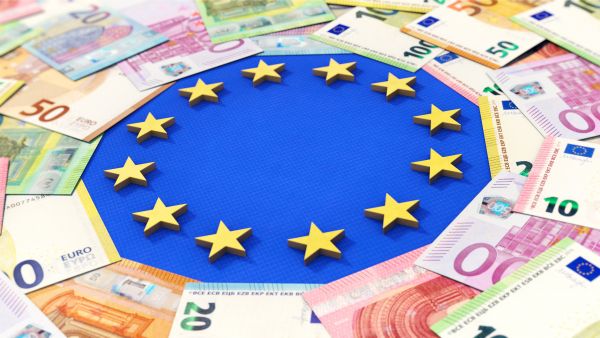Ahead of the European Parliament's debates on the issue, the Socialists and Democrats presented and adopted their post-2020 Cohesion Policy programme yesterday, putting the emphasis on the creation of quality jobs. The post-2020 programme, which will start in January 2021, includes key elements that will allow the European investment tool to continue from the current 2014-2020 period to its next phase.
S&D spokesperson for the committee on regional development and cohesion policy Constanze Krehl MEP said:
"The EU's cohesion policy is a success story, much like Erasmus. Today, we are fighting for a cohesion policy that will promote sustainable economic development for all the EU’s regions, generate quality jobs and fully respect the climate change COP21 agreement. We also want to ensure that it creates more quality infrastructure for transport, telecommunications and smart energy provision. The cohesion policy of tomorrow needs to have an appropriate budget to tackle future challenges. Furthermore, the Commission needs to start preparing the proposal for cohesion policy post-2020 promptly. In this sense our position paper comes at just the right time."
Read the full S&D position paper on post-2020 cohesion policy.
Note to editors:
European cohesion policy (CP) is a unique investment instrument for the regions at EU level. It aims at promoting economic, social and territorial cohesion, as well as solidarity between its various regions.
Official reports show that in the previous 2007-2013 period 1 million jobs were created thanks to the cohesion policy; a figure which represents one-third of total net job creation in the EU over the same period.
Added to this, we have seen €2.74 in GDP growth for every euro of cohesion policy funding invested. Overall, this will have produced an estimated €1 trillion of additional GDP by 2023.
Since its establishment, cohesion policy has been a key tool for reducing development gaps between the different European regions and sustaining the economy through investments at the micro level, in particular where national investment is lacking or insufficient.








